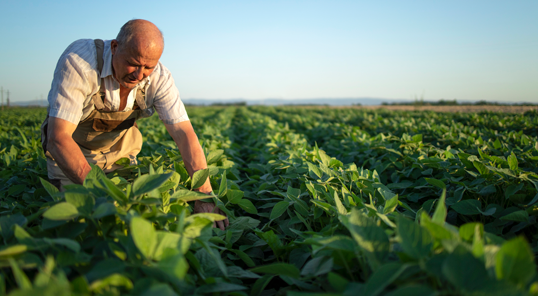
Image: Freepik
Paraná (7), Tocantins (5), Piauí and São Paulo (4 cases each), Maranhão and Mato Grosso do Sul (3 cases each), Minas Gerais (2) and Roraima (1) also appear on the list. The majority of cases are concentrated in the R5 stage of the culture (41 of them). This phase corresponds to seed pods with 76% to 100% of grain in one of the last four nodes of the main stem, with a fully developed leaf. The rest of the cases are concentrated in even more advanced stages such as R6 (12 cases) and R7 (10 cases).
In Rio Grande do Sul, the drought that leaves the soil extremely dry has meant that there have been no records so far. In the 2020/21 harvest, the state was the champion with 138 of the 377 cases. According to the RS Rust Monitoring Program, from January 17th to 24th, there was a predominance of Asian soybean rust spores in the Central and Northwest regions of the state. The detection of spores is an indication of the presence of the pathogen in the environment, and in these locations, technicians and producers are recommended to observe the climatic conditions for rust management.
{module Form RD}
The optimal temperature conditions for the infection process are between 18°C and 25°C, relative air humidity above 75% and at least six hours of leaf wetness. Extreme temperature conditions, below 10°C or above 26°C, can affect spore germination. Under these conditions, the required wetting period is over 10 hours.
By: Eliza Maliszewski | agrolink










